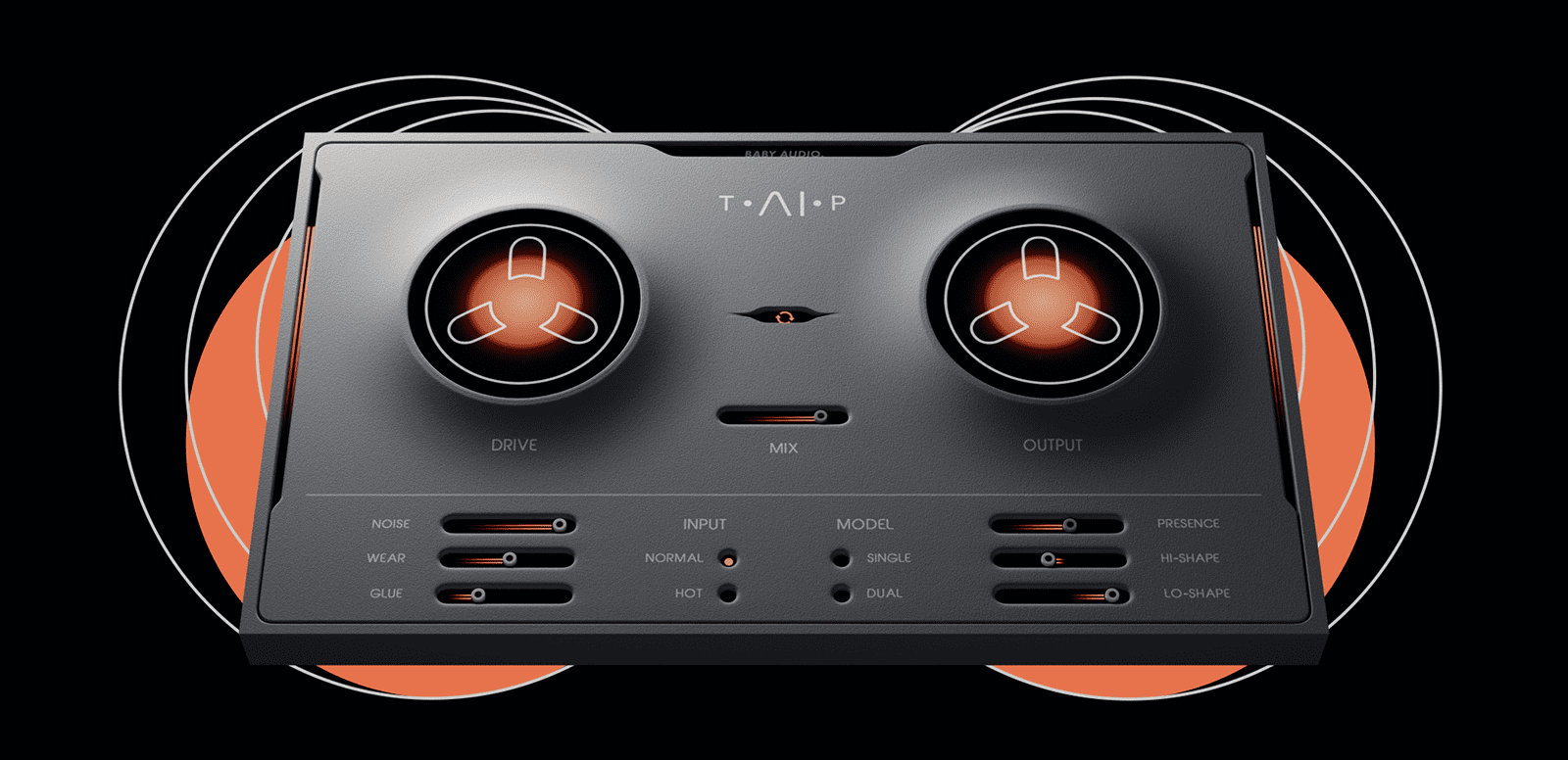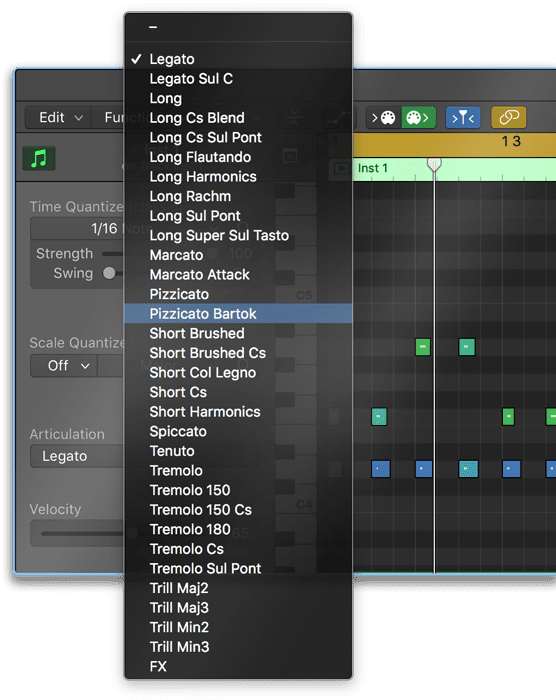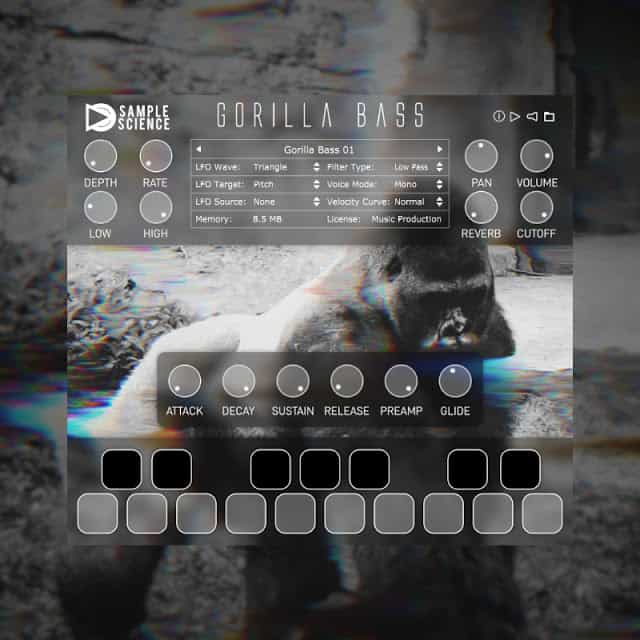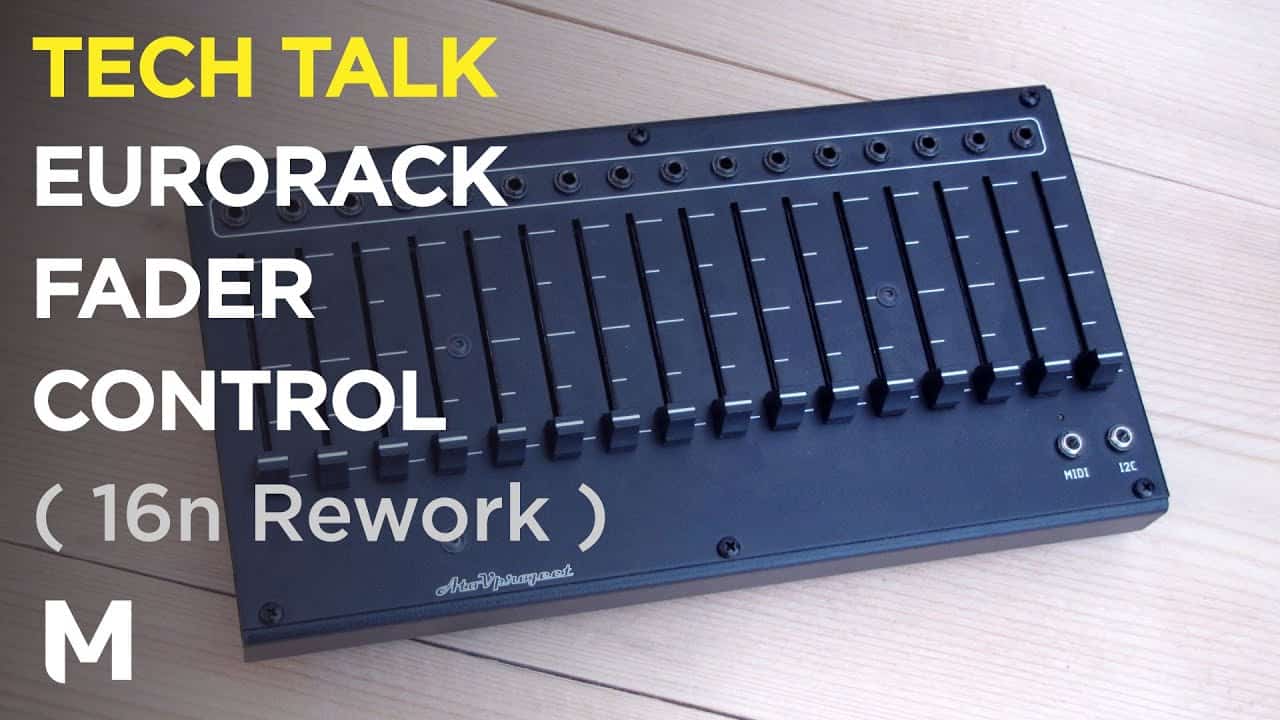Creativity is a powerful force in the world. We all have it, but for some people, creativity takes on a life of its own and they are able to make connections between things that other people might not see. In this blog post, I will show you how limits can be used to help boost your creativity.
What can limit your creativity?
Limits are everywhere in life, be it deadlines at work or the time you set yourself for bed. There are limits to what you can do, to what you can create. These limits can often seem frustrating, but they work on your subconscious mind and push you to find new ways of solving problems.
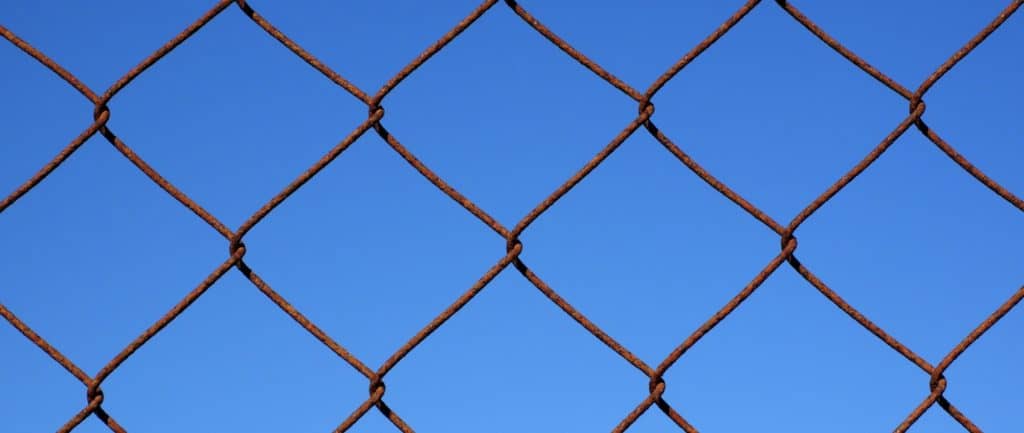
For example, limiting yourself on how many ideas you can come up with about a particular topic will encourage your brain to think around the problem and find creative solutions that it might otherwise overlook. Negative thinking and constant self-criticism are also inhibiting factors to creativity. We can persuade ourselves to avoid taking creative risks, attempting new things, or experimenting with new ways of expression.
How can I increase my creativity?
To increase your creativity, try to relax and explore the world around you. Give yourself time to think about creative ideas. Try not to get frustrated during this process – just be patient and wait for the right idea to come.
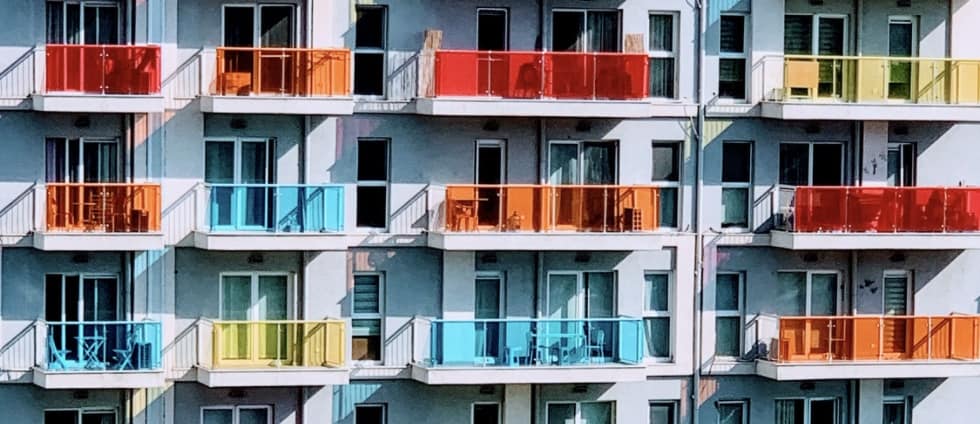
Here are ten ways you can dramatically improve your creativity:
- Give yourself plenty of time to explore solutions
- Put yourself in an unfamiliar environment
- Write down your thoughts before making any decisions
- Practice divergent thinking
- Ask for feedback from others often
- Look at the world from different perspectives
- Take on unconventional projects
- Spend time doing things that make you happy
- Stay away from negativity, including social media and gossip
- Be patient with yourself
How do I tap into my creativity?
It’s a question thousands of creatives ask themselves. We want our ideas to stand out from the crowd, but creativity is an elusive concept that many aren’t sure how to tap into in order to get the best results.
The truth is there isn’t just one way or technique that will help you access your creative side and boost your ideas, but there are certain factors that can make it easier to access your creativity.
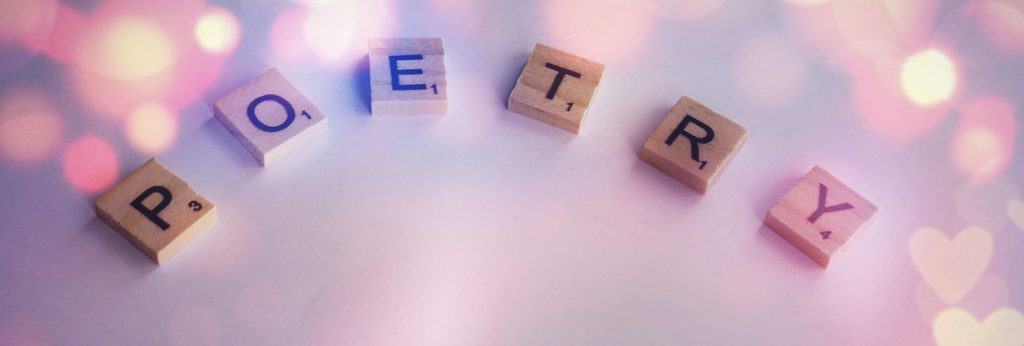
One such factor is setting limits and boundaries for yourself.
Why we need limits in the first place: Limits help you take action and get results by putting restrictions on what you’re doing or trying to do. What’s interesting about this concept is that while limitations sound like they should have a negative effect on our creative process, when set correctly they actually work as a helpful framework from which we can really push ourselves to achieve something great.
In other words, having some sort of structure around how you think creates space for new thoughts and possibilities so instead of being stuck inside one thought loop (if I only had more time/money/resources, etc.)
What factors influence creativity?
Why we need limits in the first place: Limits help you take action and get results by putting restrictions on what you’re doing or trying to do. What’s interesting about this concept is that while limitations sound like they should have a negative effect on our creative process, when set correctly they actually work as a helpful framework from which we can really push ourselves to achieve something great.
Why is it important to be creative?
There are several ways in which you can use your creativity to help yourself and others. What’s more, the act of using your brain creatively has been shown to have physical benefits too – exercise for the mind! So whether you’re looking for a way to express yourself or want some new insights into how you approach problems, try setting limits around different aspects of what you do. You might just find that having these boundaries helps open up space within your thoughts.” There are several ways in which you can use your creativity to help yourself and others. What’s more
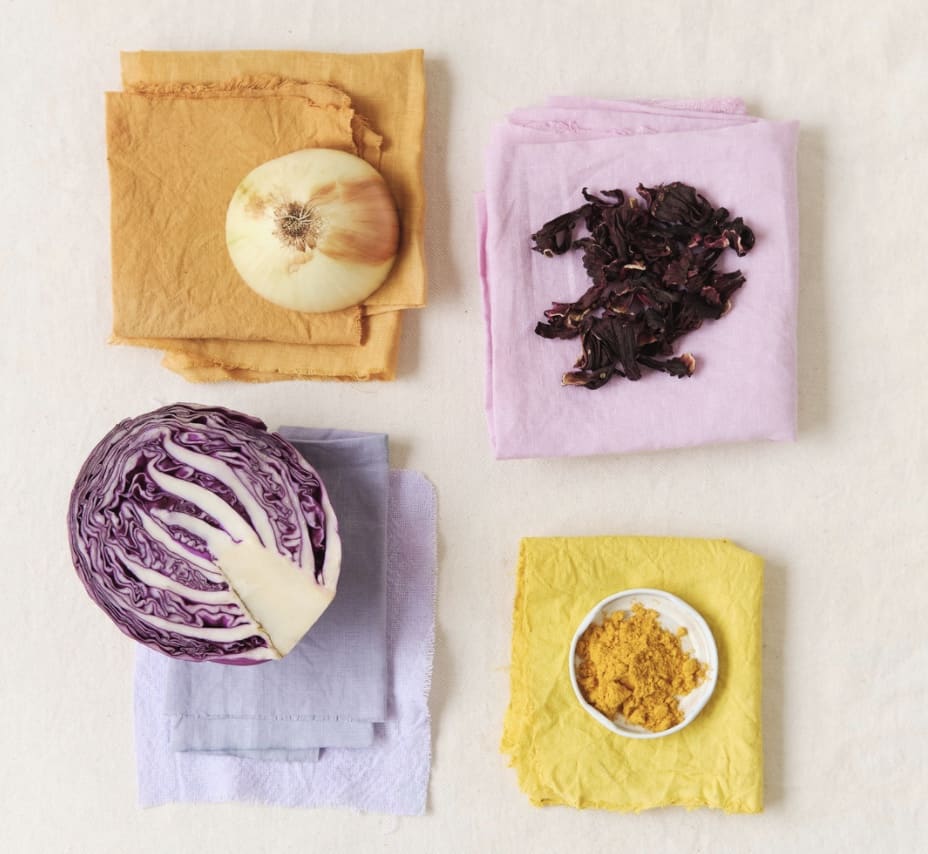
What are some helpful tips you have on how to tap into my own personal creativity?
Try setting small time or budget limitations so you can begin taking action and getting results with what little resources you may currently have available. If you’re feeling stuck, try working in a new environment different from where you normally create ideas – maybe even somewhere completely outside of your usual routine! Finally, remember that there’s no right answer when it comes to thinking up great ideas; sometimes the best solution is to search for the idea outside of your own brain.
It’s a question thousands of creatives ask themselves. We want our ideas to stand out from the crowd, but creativity is an elusive concept that many aren’t sure how to tap into in order to get the best results. The truth is there isn’t just one way or technique that will help you access your creative side and boost your ideas, but there are certain factors that can make it easier to access your creativity One such factor is setting limits and boundaries for yourself Why we need limits in the first place: Limits help you take action and get results by putting restrictions on what you’re doing or trying to do.
What’s interesting about this concept is that while limitations sound like they should have a negative effect on our creative process, when set correctly they actually work as a helpful framework from which we can really push ourselves to achieve something great. In other words, having some sort of structure around how you think creates space for new thoughts and possibilities so instead of being stuck inside one thought loop (if I only had more time/money/resources, etc.)
Are you looking for a way to express yourself?
Try setting small time or budget limitations so you can begin taking action and getting results with what little resources you may currently have available. If you’re feeling stuck, try working in a new environment different from where you normally create ideas – maybe even somewhere completely outside of your usual routine! Finally, remember that there’s no right answer when it comes to thinking up great ideas; sometimes the best solution is to search for the idea outside of your own brain.

How about these creative prompts?
They might help get those creative juices flowing. Do they seem like something that could help come up with some new ideas or solutions to problems?
Of course, there’s no limit on how many times you can repeat this exercise. Some people find it helpful to write down a few different prompts and then return later in the day or even after several days for inspiration about what to blog about next.
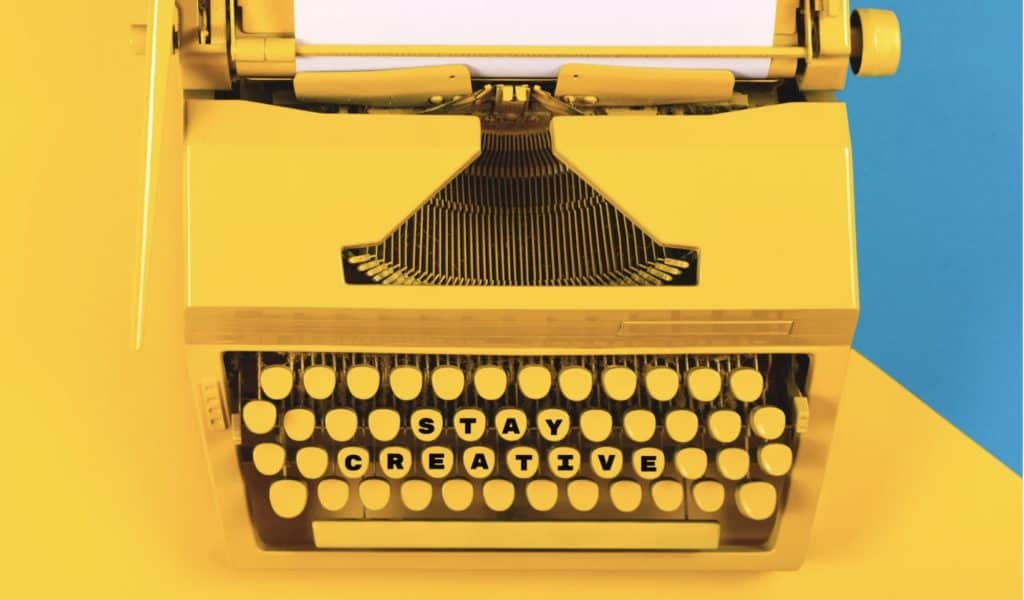
The options are limitless. Sometimes when I’m feeling uninspired, I’ll simply ask myself “what would ___ say?” Fill in your favorite blogger’s name (and maybe check out their latest post while you’re at it) and see if that doesn’t get those creative juices flowing! If nothing else, these exercises should remind us all just how important it is to give ourselves permission to play and experiment, even when we’re feeling uninspired.
Today’s modern world problem: infinite possibilities
It’s no secret that today’s creatives have a plethora of tools and options at their disposal. With infinite possibilities, it can be difficult to make a decision.
The indecision is killing me! How do I decide between a creative EQ or distortion that will add some depth? You’re surrounded by all these plugins, but which one should you choose for your next track.
One of the most common things musicians face when they start exploring new technology in sound design software like DAWs (digital audio workstations) and even virtual instruments such as synths are choices – there are usually about ten different options at least available right out-of-the-box with presets from old school rockers to modern-day dubstep monsters waiting just inside each program’s interface gateways…or so it would seem until we actually open up our toolbox: after browsing through various “preset” banks loaded onto key programmable hardware or software instruments, we’ll probably find out that there are usually only about five different types of sounds available.
This is what I call the “infinite possibilities dilemma.” It’s no secret amongst producers and musicians alike, especially those who write music for a living – this can be extremely frustrating.

Limit yourself
Make the most of the tools available to complete your work and eliminate any excess!
The key to solving the problem is actually quite simple: Limit your options and use them in ways that get the job done. It’s all about psychology; you need to know what will work before even giving it a shot.
For example, if I’m looking for an organic-sounding pad sound (atmospheric synth layered with different harmonic instruments), one of my go-to sounds would be from Arturia’s Moog Modular V softsynth collection – or any other modular software instrument that has various types of “modulation oscillators” on board such as Native Instruments’ Reaktor series. Just when I thought I was out…they pull me back in again…
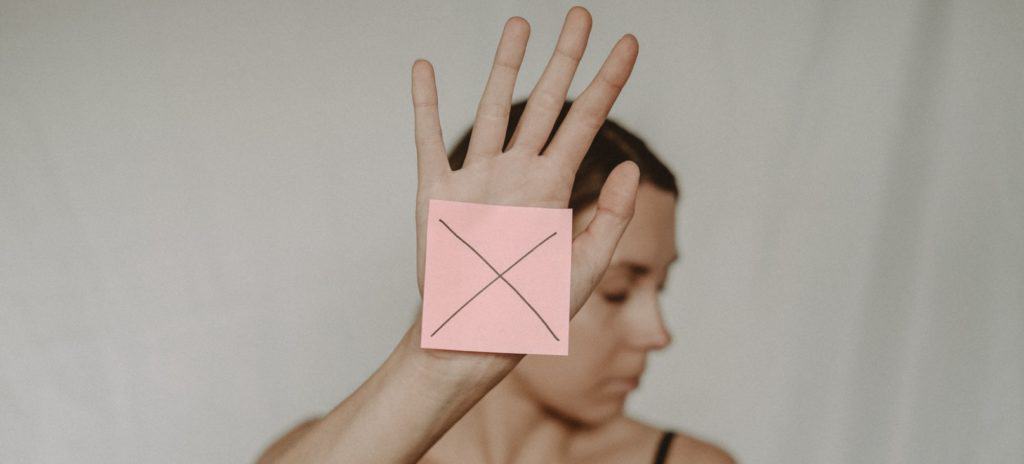
Limit yourself by channeling your creativity into one or two instruments and watch as they provide enough inspiration to take on big projects with ease!
Reduce time wasted
As you work on your creativity, there may be some things you don’t need to do. Time is precious and we should never waste it.
One of the best ways to avoid wasting time is by eliminating the excessive and unnecessary. For instance, let’s say you’re making a synth lead sound. It may seem like a good idea at the time to use every single oscillator in the synth creating different waveforms that overlap with one another – but then you find out that it would take hours just to edit them together into one cohesive sound. I often find myself staying up late trying to finish an edit just because I wanted it perfect.

I now limit myself by only using 2 oscillators max per synth lead sound. I’m not saying that you can’t have more than two oscillators – it’s just a personal preference of mine to limit the amount of work put in so that once the sounds are done, they’re truly finished!
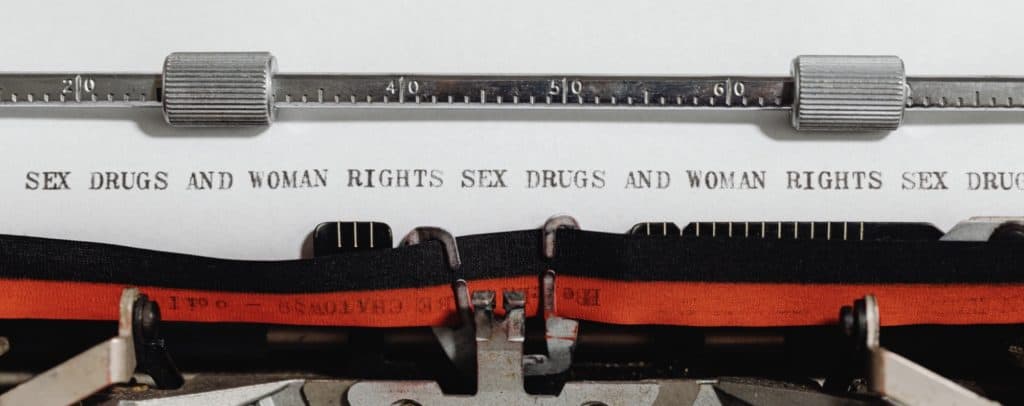
I find this philosophy is usually true with most things; there really isn’t anything wrong with having only one or two options available for any task at hand (unless we’re talking about sandwiches). You may be surprised by how much your creativity will soar when faced with these kinds of limitations…
Creativity is an elusive beast.
It’s difficult to get it flowing, and even more difficult to keep it going once you have caught it. One way of getting around this dilemma is by imposing some limitations on yourself when writing or making art.
Now go ahead – try it out. And if this post has inspired you, please share this article so others can learn from our mistakes.


